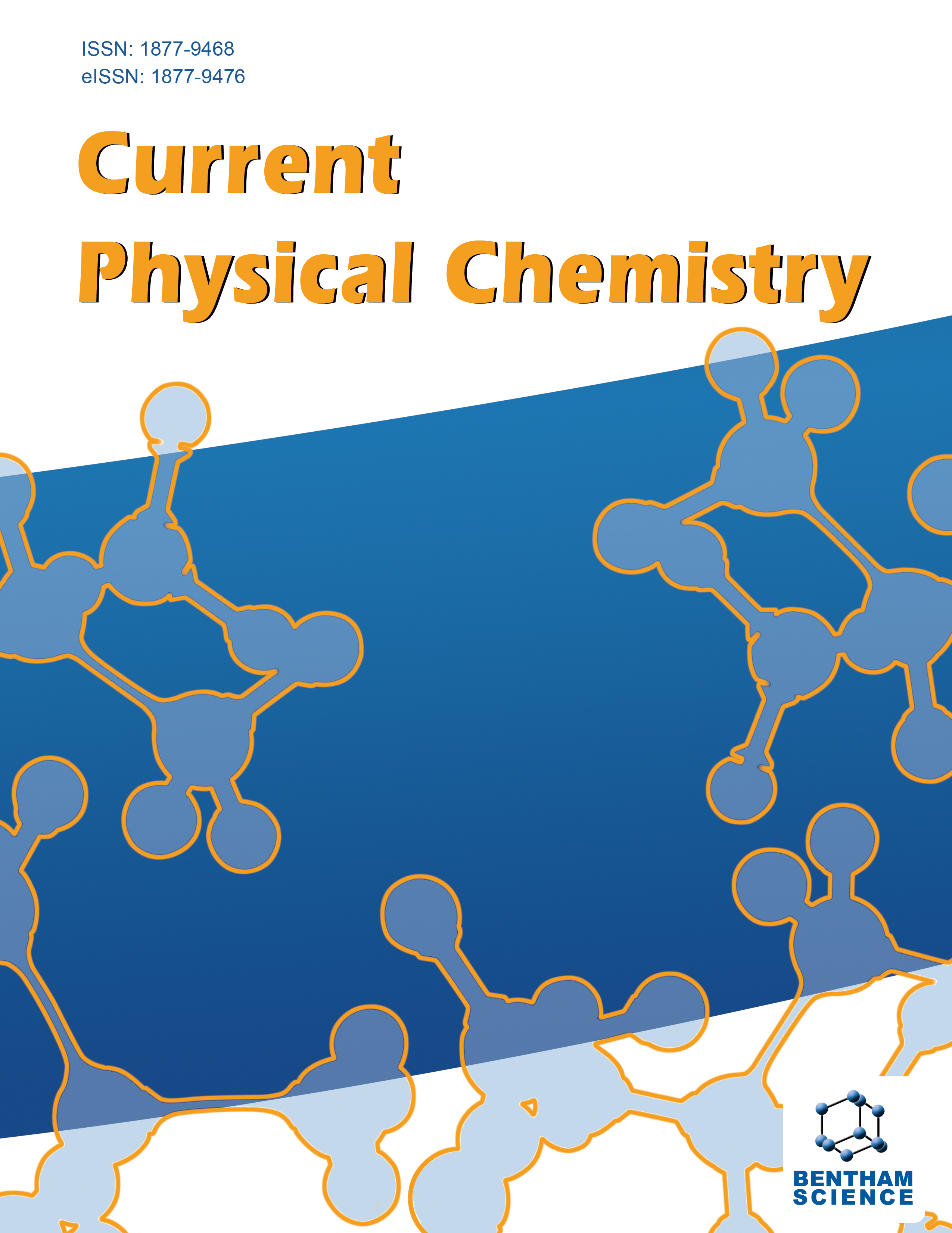-
s Molecular Packing and Solid-state Fluorescence of Conjugated Compounds of Carbazole-acrylonitrile Derivatives
- Source: Current Physical Chemistry, Volume 4, Issue 1, Jan 2014, p. 137 - 150
-
- 01 Jan 2014
- Previous Article
- Table of Contents
- Next Article
Abstract
In this review paper, have been investigated three novel crystal structures of three molecules with carbazole substituents as the electron-donor group. These molecules, 2-(phenyl)-3-(N-ethyl-(3'-carbazolyl))acrylonitrile (I), 2-(3''- pyridyl)-3-(N-ethyl-(3'-carbazolyl))acrylonitrile (II), and 2-(4-pyridyl)-3-(N-ethyl-(3´-carbazolyl))acrylonitrile (III) in their structure, possess the electron-donor carbazole moiety, a -CN group attached to the double bond, and a phenyl or a pyridine function at the meta- or para-position. It was revealed with the help of single crystal diffraction X-ray analysis that there exists no difference in the crystal system, because all the compounds were crystallized in monoclinic system with space group P21/c. For determining the effect of the position of the nitrogen atom substitution on the crystal properties, has been analyzed and contrasted the molecular packing in a single crystal with that of other previously reported carbazole derivatives. The double bond bearing N-ethylcarbazole,–CN, phenyl or pyridine groups was observed to impart sufficient polarity in order to show slipped π-stacking aggregation in the solid state, affecting the compounds in the solid state and consequently affecting their fluorescence properties. The substitution at the para position was reported to exhibit more multiple C-H...π interactions as well as an interesting and unexpected short contact distance between adjacent N...N molecules those brought a conformational change resulting in an edge-to-face alignment in the molecules and affecting the best relative photoluminescence efficiency of the sample.


